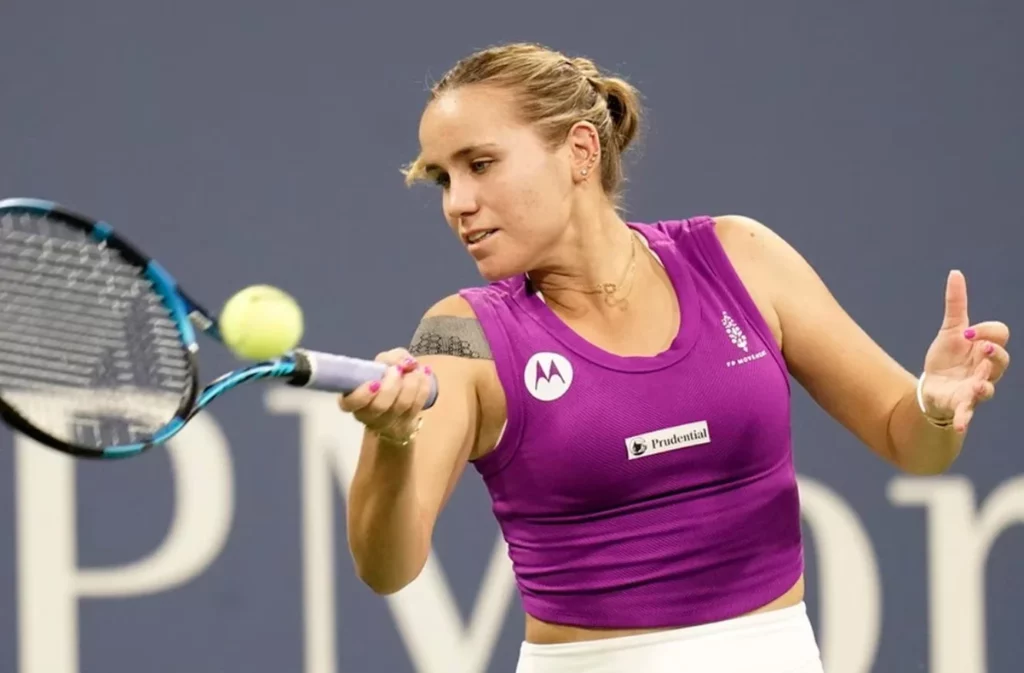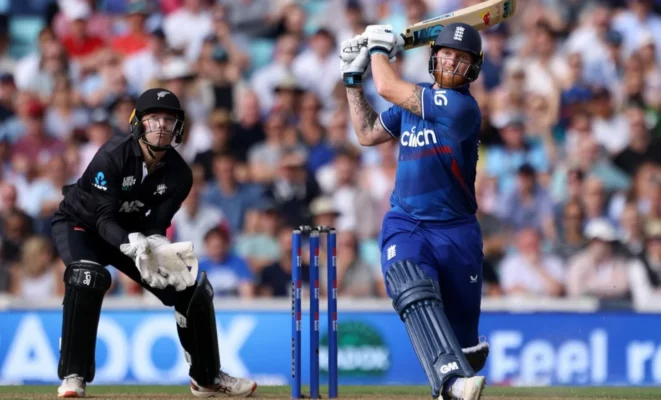
In the vast world of tennis, few tournaments have seen such an unpredicted turn of events as the WTA 1000 event in Guadalajara. With five unseeded players marking their territories in the quarterfinals, one thing is evident: This year, the traditional tennis script is being rewritten.
The Trevisan Triumph
Perhaps the most astounding result of the tournament so far is the spectacular rise of former world No. 18, Martina Trevisan. Battling against the odds, she emerged victorious over No. 1 seed Ons Jabeur in a marathon match that lasted over three hours. Down but not out after the first set, Trevisan’s comeback encapsulated the essence of sportsmanship and perseverance.
“In tennis, it’s never over until the last ball has been played.”
The match turned on its head during the second set. Jabeur, leading 5-4, was in prime position to finish the game. But as fate would have it, she couldn’t capitalize on her 30-0 lead, eventually surrendering the set. The Tunisian ace did have another shot to even things out in the third set but failed to utilize her 40-15 lead, letting Trevisan seize the final two games.
With this impressive feat under her belt, Trevisan is now eyeing her first final since clinching her maiden WTA title in May 2022 at Rabat. Her next challenge? The 111th-ranked Caroline Dolehide.
Dolehide’s Dominance
Dolehide’s journey in the tournament has been nothing short of remarkable. After navigating her way through two nail-biting three-set matches, she showcased her prowess by brushing aside the eighth seed, Ekaterina Alexandrova, in straight sets. It’s worth noting that during this swift 61-minute encounter, Dolehide exhibited immaculate service games, breaking her opponent four times.
This successful run guarantees the 25-year-old American a new peak in her career rankings, surpassing her previous best of No. 99.
The Canadian Prodigy: Fernandez
Leylah Fernandez, currently sitting at No. 74, is another unseeded marvel to watch out for. Advancing through the second quarter of the draw, she showcased her dominant form by winning all her matches in straight sets. A notable achievement was her victory over Emma Navarro, whom she had lost to just last month in Cincinnati’s qualifiers.

Kenin’s Resurgence
Sofia Kenin, another potent contender, has been on a roll. After almost three years, she managed to contest a tour-level final last week in San Diego. Her momentum continued in Guadalajara, where she dispatched sixth seed Jelena Ostapenko, fighting off four of the five break points she faced.
“It’s not how you start, but how you finish that counts.” – Sofia Kenin
The pair – Fernandez and Kenin – are set for an exciting showdown, with the latter having an edge from their 2020 US Open encounter.
Established Elites and a Wild Card
The bottom half of the draw witnesses an intriguing mix:
| Player | Seed | Current World Ranking |
| Caroline Garcia | 3 | 26 |
| Victoria Azarenka | 10 | (Former No.1) |
| Maria Sakkari | 2 | – |
| Emiliana Arango | – | 180 |
Garcia vs. Azarenka: A Throwback Duel
Caroline Garcia is on a quest for her inaugural 2023 title. After overcoming Hailey Baptiste, she’s all set for a clash with Azarenka. Their last face-off took place during the 2020 New York-edition of the Western & Southern Open, with Azarenka emerging victorious.
Azarenka, on the other hand, steamrolled past No. 7 seed Veronika Kudermetova, signaling her intent to capture her first 1000 crown since the aforementioned 2020 tournament.
Sakkari’s Defense and Arango’s Breakthrough
Maria Sakkari, defending her runner-up position, comfortably marched into the quarterfinals by beating Camila Giorgi. As for Emiliana Arango, the 22-year-old Colombian sensation is the event’s breakout star. Despite her second-round setback in the US Open qualifiers, she’s making her mark in Guadalajara, registering consecutive tour-level victories for the first time since 2018.







